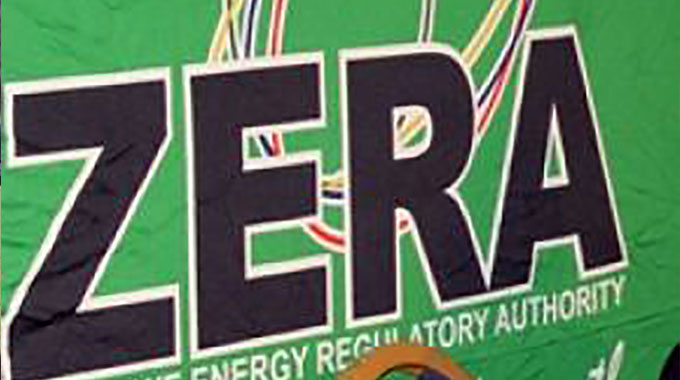Petroleum import license fee set at US$28k

Senior Business Writer
THE ZIMBABWE Energy Regulatory Authority (Zera) has set a procurement (petroleum import) license fee of US$28 014 for petroleum dealers this year.
Applicants are required to produce importation evidence of at least 10 million litres of combined diesel and petrol into the market in 2023, 2022 or 2021.
The regulatory authority said the full interim license fee is a once-off payment.
In a notice, Zera said in terms of requirements for licensing under Sections 29 and 30 of the Petroleum Act (Chapter 13:22) of 2006, procurement license holders should provide evidence of ownership through title deeds of at least three retail sites of evidence of lease through lease agreement of at least three petroleum retail sites licensed in the name of the applicant.
“The Zimbabwe Energy Regulatory Authority (Zera) hereby notifies all procurement license holders that the Authority is ready to receive applications for licenses for 2024,” reads part of the notice.
Recently, Zera indicated that more than 3 300 fuel retail licences have been issued over the last four years, reflecting a marked increase in the number of new service stations in the country.
The rapid expansion of the sector has been attributed to rising demand for petrol and diesel, as well as Government initiatives to attract investment in the industry.
Zera is charging US$10 580 to process a licence for fuel wholesalers, up from US$9 200 last year.
The fee for a fuel retail license has also been pegged at US$575 (urban) and US$230 (rural), up from US$500 and US$200, respectively.
Close to 300 illegal fuel retailers were prosecuted last year for operating without licenses.
According to Zera, last year, a total of 910 fuel stations were licensed in 2023 up from 881 fuel stations in 2022. In 2021, the authority licensed 848 fuel stations and 733 in 2020.
Zimbabwe requires at least three million litres and four million litres of petrol and diesel per day, respectively.
Demand, however, continues to rise on account of an economy growing at an accelerated pace, driven by the expansion of the mining, agriculture and infrastructure development sectors.










Comments